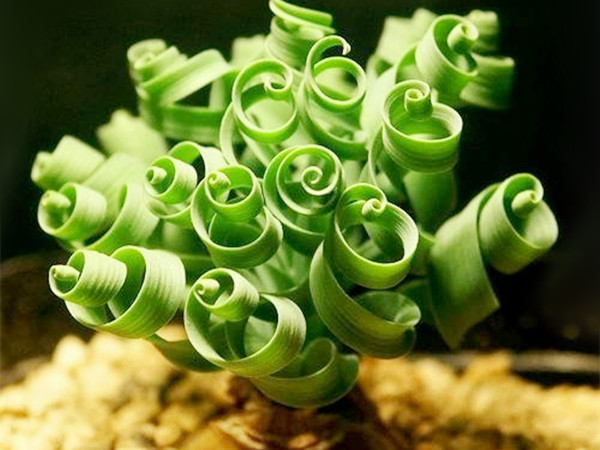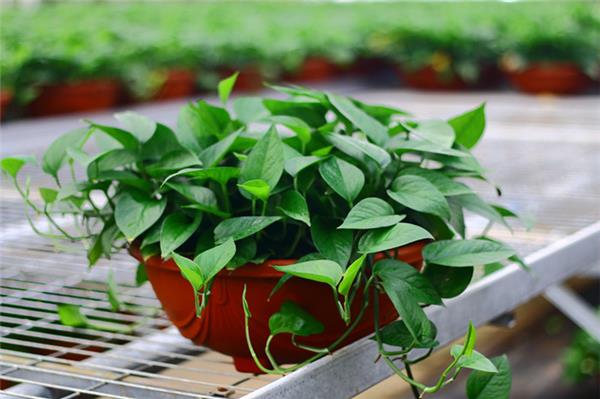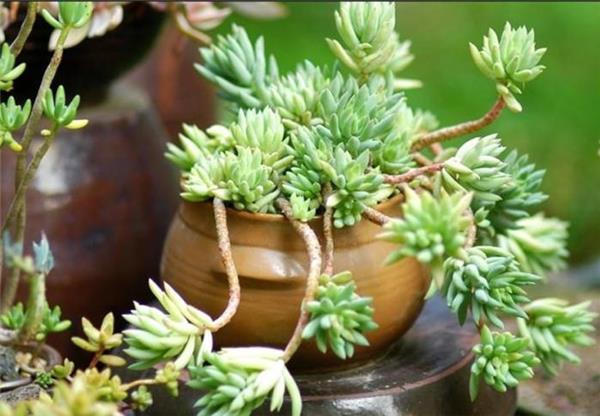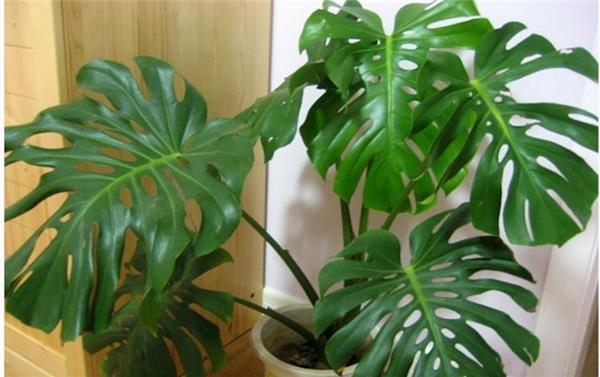How to raise foliage plants well
Indoor foliage plants break the situation that indoor potted plants mainly watch flowers, but it takes more efforts to raise indoor foliage plants well. Only by deeply understanding foliage plants and their habits, conservation methods, can they ensure that their cultivated foliage plants can grow healthily and healthily, rather than encounter regrettable scenes such as yellowing and withering of pages.

What is a foliage plant
Indoor foliage plant refers to a kind of plant which mainly takes leaves as the key ornamental object and is suitable for indoor display and ornamental for a long time. Indoor foliage plants are mainly shady foliage plants, including some leaves, flowers and common appreciation of leaves and fruits, among which some hanging vines, such as green pineapple, are also often used in indoor foliage plants.
2. Characteristics of foliage plants
1. Most of them are native to the lower layers of tropical forests, so they like sufficient scattered light and fear direct light, and like warm to high-temperature climate and high-humidity environment.
two。 It has a long viewing period and a wide variety of species, but families and genera are very concentrated, mainly belonging to Araceae, tequila, bamboo taro, palmitaceae, pineapple and so on.

3. Culture methods of indoor foliage plants
1. Place of placement
Plants that like sunshine should be placed near the window where the sun is stronger. Cyclamen, melon-leaf chrysanthemum and other light-loving plants should be given priority and be placed where there is plenty of sunshine. If there is no ideal sunny place in the room, you should choose a brighter place as much as possible. If it is a shade-tolerant plant, it is appropriate to place where there is no direct sunlight, and occasionally give weaker light. Wall-hanging or suspended plants, such as changing their position every 2 to 4 weeks, are beneficial to both plant growth and indoor atmosphere.
two。 Water supply principle
At this time, too much water supply is one of the important causes of plant death. The cold climate in winter is very disadvantageous to the growth of foliage plants. at this time, if the potted soil is too wet, the roots of plants will be damaged by cold, and the damage of roots will inevitably lead to the withering of leaves, so the water supply in winter must be strictly controlled. so that the basin soil is often in a relatively dry state. As the drying degree of the basin soil will be different due to the influence of plant species, leaf area, pot material, placement place, etc., the basin soil surface whitening, dry and hard and other signs can be used as a basis to grasp the time of watering, generally its interval of 3 to 4 days, watering should be warmer at noon, in order to store water thoroughly at one time.

3. Air humidity
The main cause of withering and falling leaves of foliage plants in winter is the lack of air humidity. At this time, the indoor air is generally very dry, which can easily lead to the lack of water in plant leaves and the withering of bud tips. Therefore, it should always be warmer during the day, preferably at noon, to replenish the water needed by plants and the external environment in the form of foliar spray, and cover plants in plastic bags as much as possible at night to protect humidity and make plants survive the cold season.
4. Select fertilizer
The choice of fertilizer is still relatively simple, because now fertilizers are divided according to function, and information such as usage and safety measurement are noted in the bags, so the correct fertilization method is a necessary lesson for flower friends. I believe that flower friends often see that thin fertilizer is often applied, these four words, this is to tell you not to be greedy when fertilizing plants, you can give a small amount of fertilizer at once, fertilize many times. The advantage of this is that it can effectively avoid the fertilizer damage caused by excessive fertilization. In addition, when fertilizing, do not bury the fertilizer near the root system, the correct way should be as far away from the plant root as possible, which will also avoid root burning. When fertilizing plants, we should also pay attention to the comprehensive conditions such as plant growth period, dormant period, soil fertility, climate, and so on. For example, fertilization can often be given during the plant growth period, and more can be given appropriately, but it is not conducive to fertilization during the dormant period.

Well, after the introduction of the above knowledge, have you learned about foliage plants and learned how to cultivate a foliage plant? Scientific research shows that looking at green plants helps to relieve visual fatigue and protect eyes. So take action to cultivate a foliage plant that not only protects health but also beautifies the environment.
So take action to cultivate a foliage plant that not only protects health but also beautifies the environment.
Related
- Wuhan Hospital Iron Tree Blooming Result Was Instantly Frightened by the Gardener Master
- Which variety of camellia is the most fragrant and best? Which one do you like best?
- What is the small blue coat, the breeding methods and matters needing attention of the succulent plant
- Dormancy time and maintenance management of succulent plants during dormancy
- Minas succulent how to raise, Minas succulent plant pictures
- What are the varieties of winter succulent plants
- How to raise succulent plants in twelve rolls? let's take a look at some experience of breeding twelve rolls.
- Attention should be paid to water control for succulent plants during dormant period (winter and summer)
- Watering experience of twelve rolls of succulent plants
- Techniques for fertilizing succulent plants. An article will let you know how to fertilize succulent plants.



